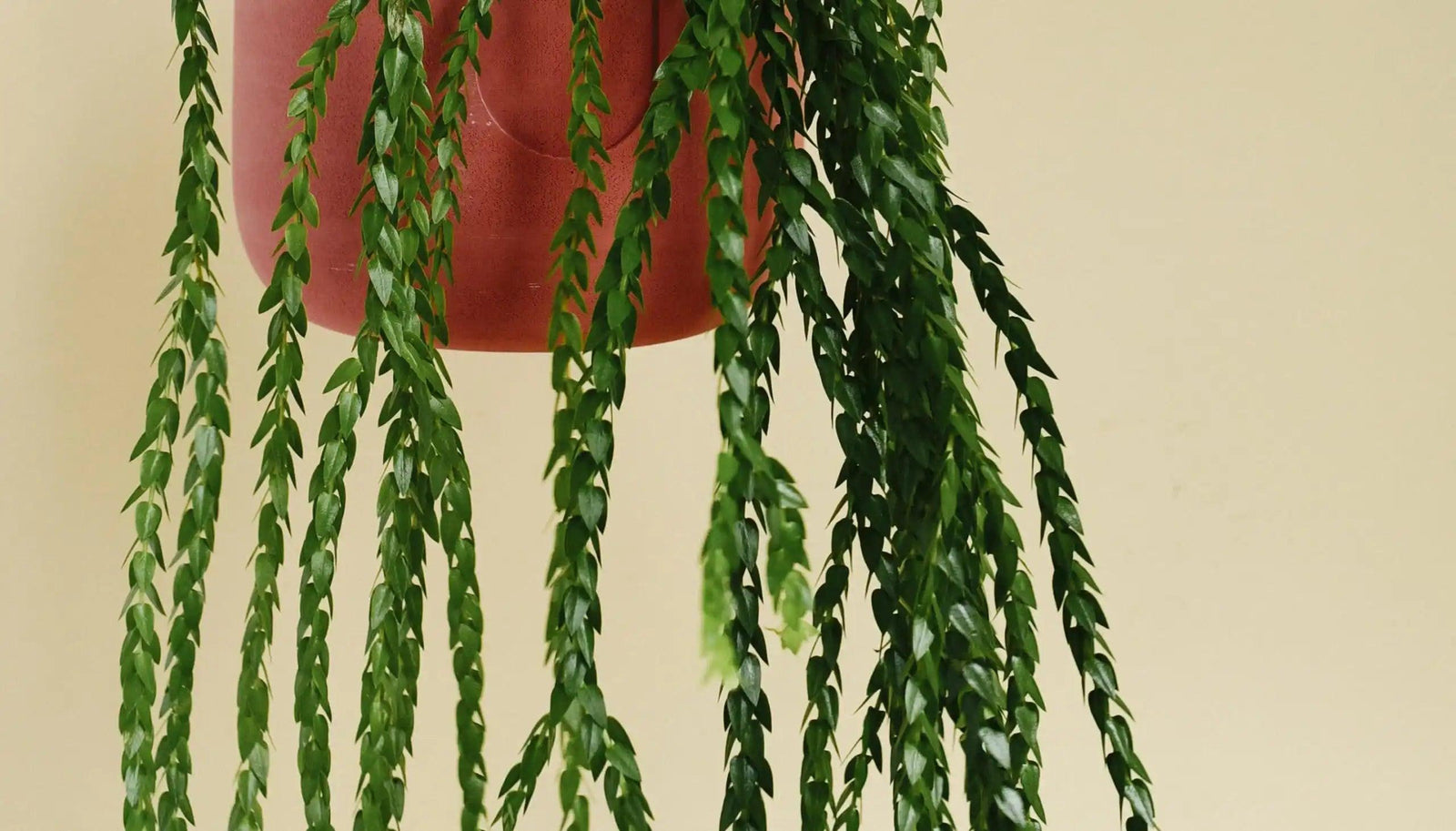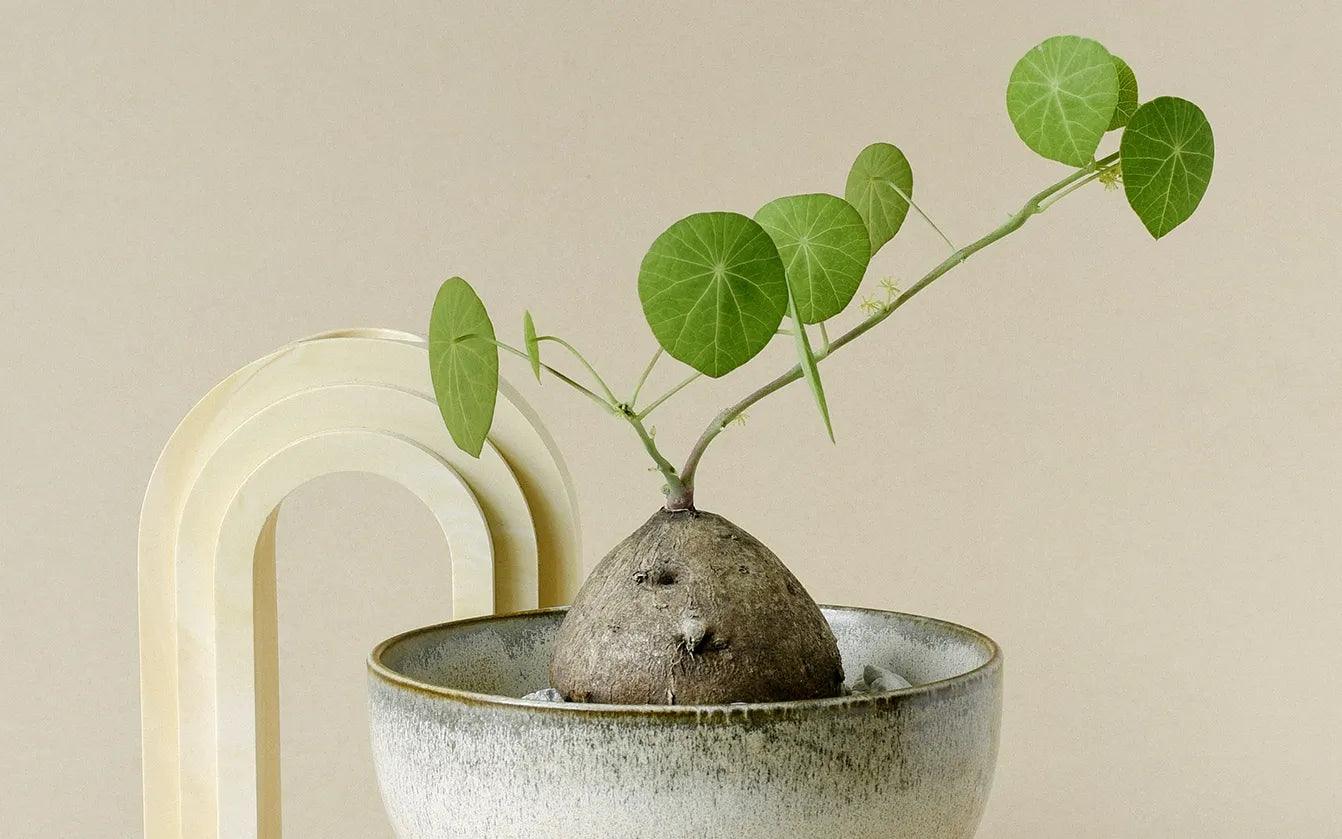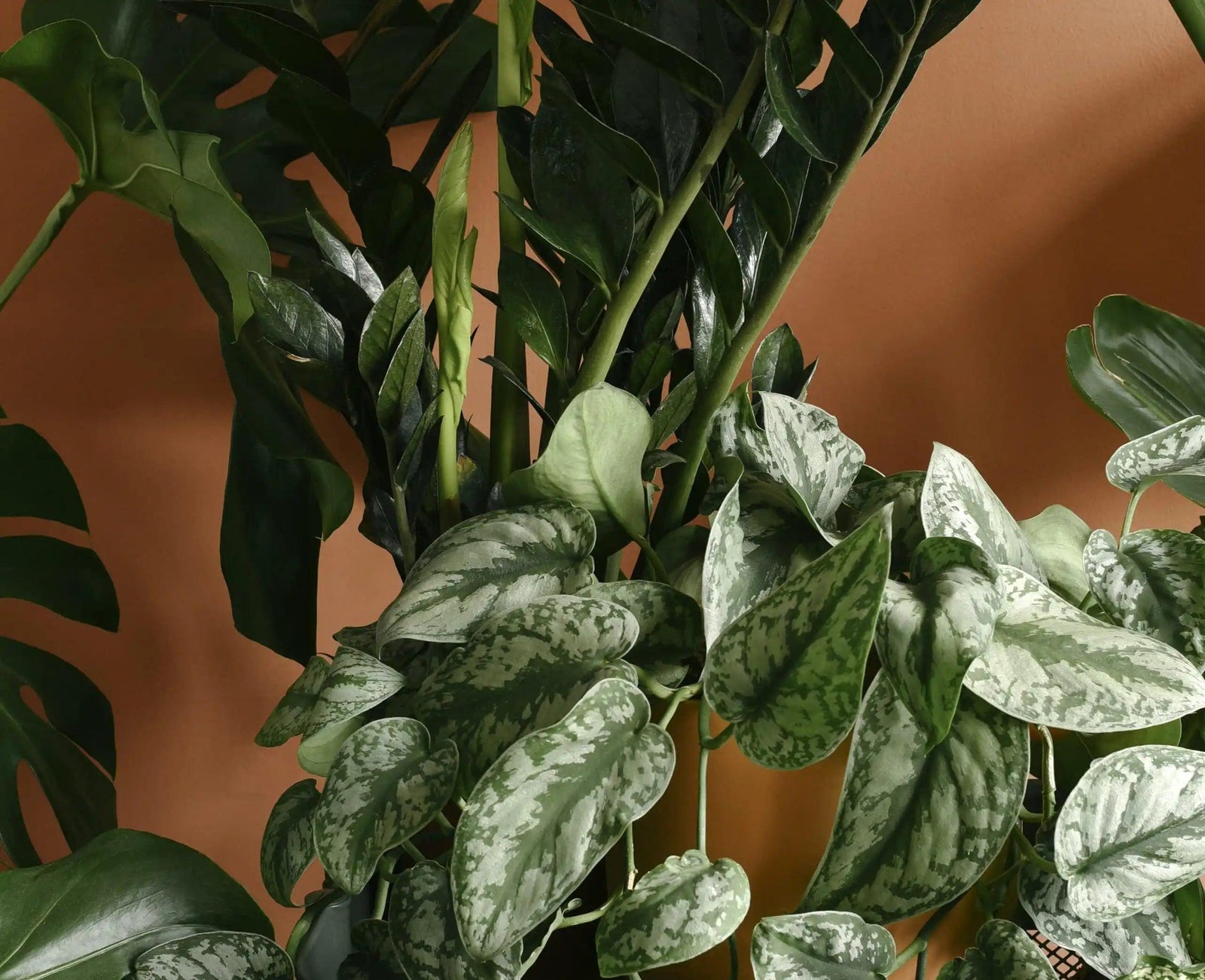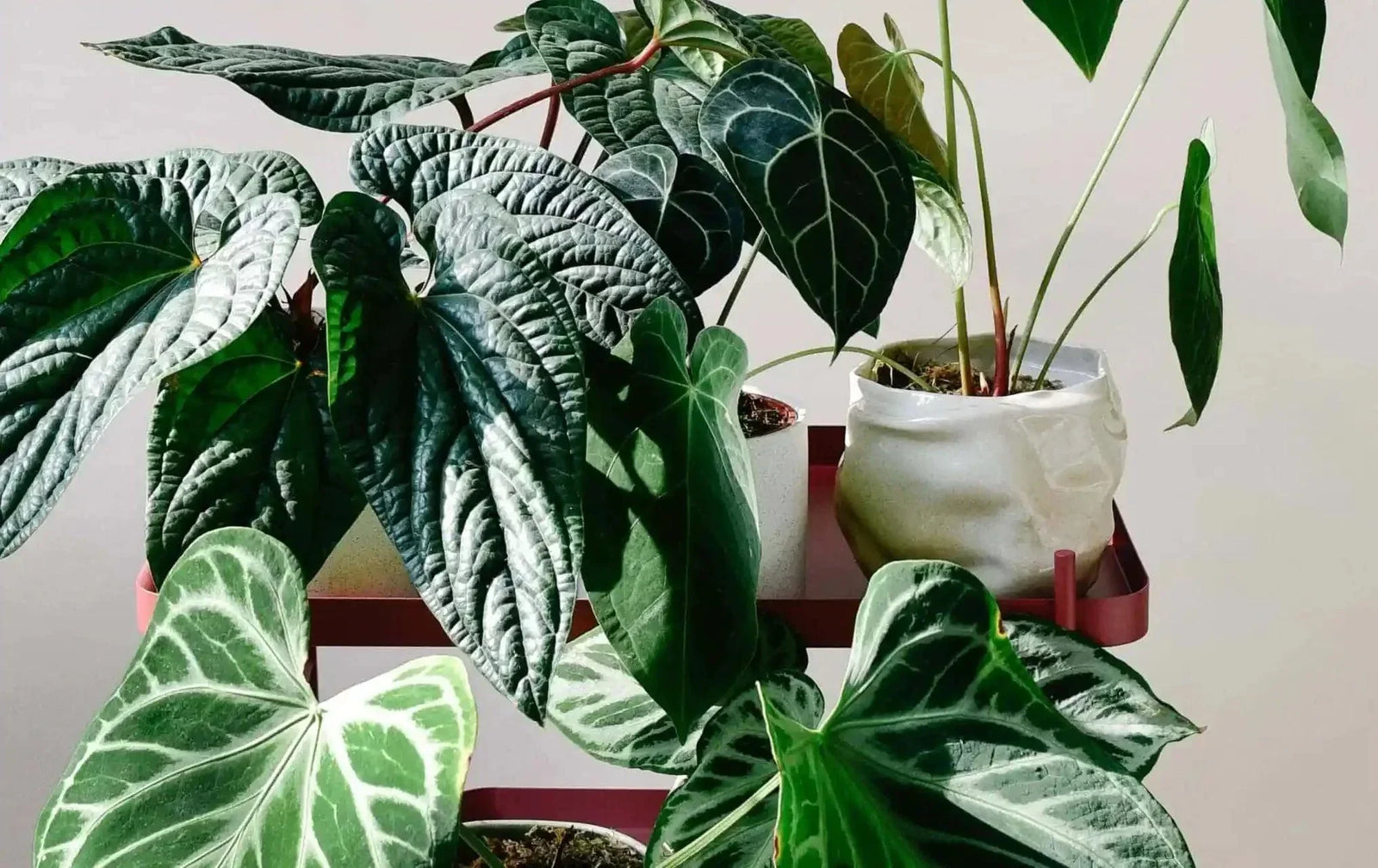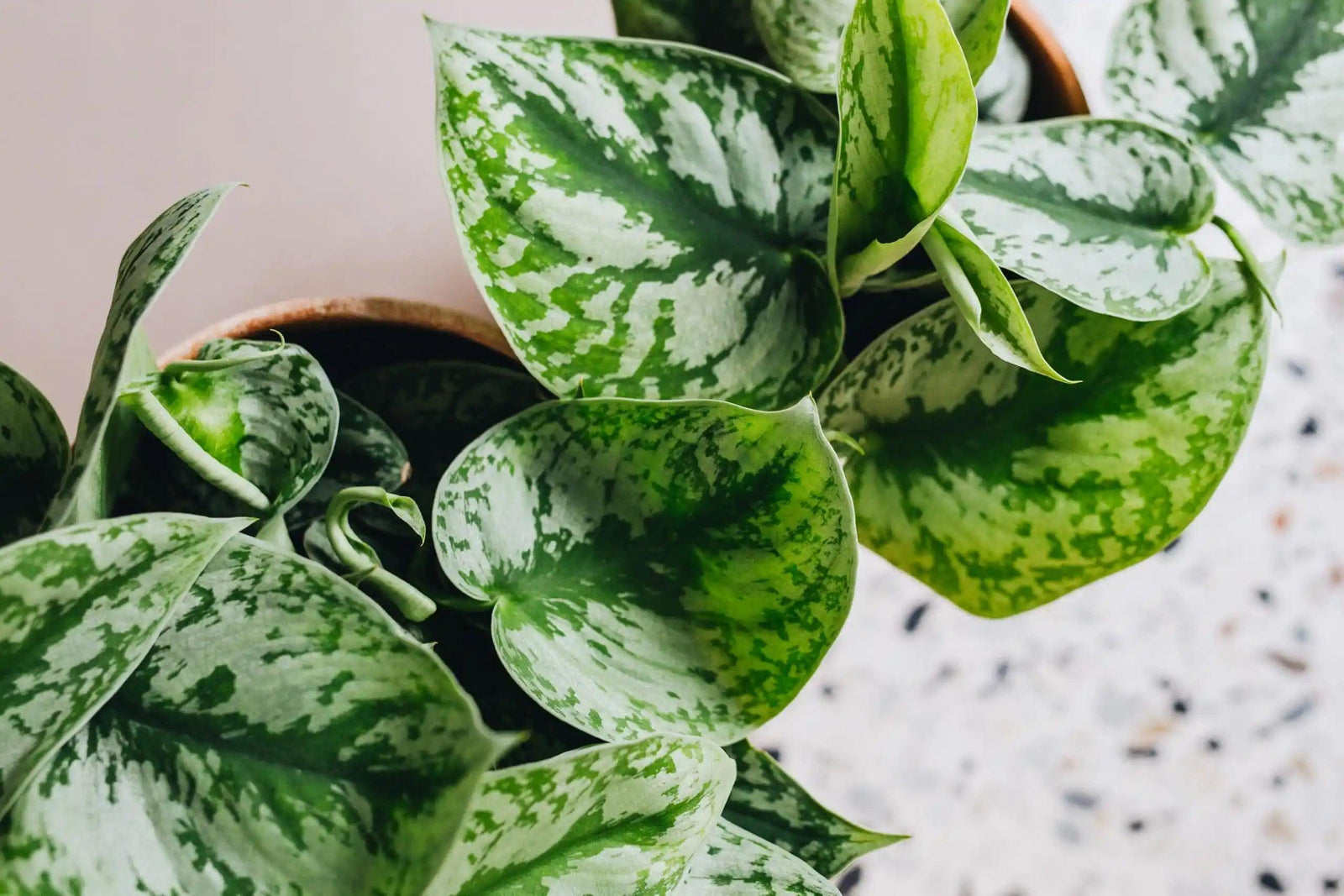
by Plant Circle
Common pests: Fungus gnats
Fungus gnats- identification, treatment and prevention! Often confused with fruit flies, fungus gnats are small, flying insects about the same size as their almost equally annoying cousins, that most people who live with houseplants have had to deal with at one time or another. Because adult fungus gnats are attracted to light, you might first notice these pests flying near your windows, making windows a great spot to place your yellow sticky traps. But we’ll get to traps later. First, let’s get into the gnats themselves! Fungus gnats develop through four stages; egg, larva, pupa, and adult. The lifespan of a fungus gnat is not very impressive, as the adults only live from about one to two weeks, and complete a full life cycle, including the egg and larvae stages, in about 18-30 days. However, their ability to reproduce at an astonishing speed, approximately 200 eggs a day, is where the real problems lies. While we can all agree that adult fungus gnats are an absolute nuisance, they are mostly harmless, and the larvae are the ones you actually need to worry about. Why? Well, fungus gnat larvae live in the topsoil of the plants, and primarily feed on fungi, hence the name, and organic matter in the soil. But since they also like to chew on the roots of the plants, they can stunt the growth of your plants, especially young and vulnerable ones.So if you were wondering why your plant suddenly stopped growing, slowed down, or started producing smaller or not fully formed leaves, it might actually be related to those annoying little flies buzzing around your plants and light sources! As with all plant pests and plant problems, there are a lot of tips and tricks out there on how to deal with fungus gnats. Some suggest preventing the flies from laying eggs by sprinkling cinnamon or sand on top of the soil, which in theory could prevent them from reproducing.Temperature also plays a big part when it comes to the ideal living conditions of fungus gnats, as they seem to really thrive at about 21-24c, which is unfortunately a very common temperature in most homes!Various tips and tricks aside, once you recognize that there is a problem with gnats in your home, we believe the most effective way to get rid of them, is by fighting them with either beneficial bugs, or a bacteria in the form of pill. Don’t be discouraged by the the words ‘bugs’ or ‘bacteria’, both options are 100% natural, and actually quite simple. Allow us to explain! Nematodes are predatory bugs, basically microscopic worm like creatures that will attack and feed off the larvae of other insects. Nematodes that are specifically sold to to fight fungus gnats and other pests, can be purchased online in pouches that you keep in the fridge until you’re ready to use them. You simply add them to water before watering your plants. The amount of water you need is determined by the amount of nematodes, and the amount of nematodes is determined by the number of plants you own, and you’ll need approximately 1 million nematodes for every 10 plants… don’t worry, like we said, they’re microscopic, so you won’t have a million visible worms in your home, more like a harmless looking powder that you add to your watering can! The bacterial solution is often referred to as Mosquito Bits in the US and the UK, and it is also known as ‘BTI’, which is short for Bacillus Thuringiensis Israelensis. It is a naturally occurring bacteria found in soils, which contains spores that produce toxins that specifically target and only affect the larvae of the mosquito, the blackfly and, of course, our nemesis the fungus gnat!In Germany, you can find Bacillus thuringiensis sraelensis in pill form, making it by far one of the easiest solutions out there, as you just dissolve the pill in water according to the instructions, and then use that water to water your plants, and you don’t have to keep this solution refrigerated, or worry about an expiration date, as you do with nematodes. And while nematodes might have a slight advantage in some areas, the bacterial solution should kill all of the larvae just as well! While these two solutions are our main picks for fighting fungus gnats in your home, there are of course other methods of prevention to consider, including but not limited to: Letting your plants dry out between waterings. Fungus gnat larvae prefer wet, peaty substrates, as that type of soil is ideal for growing the fungus and cyanobacteria, that the gnats feed on. Investing in a carnivorous plant, such as a Pinguicula, commonly known as Butterworts, or a Drosera Capensis. The sticky, hairy leaves on carnivorous plants trap the gnats, and the plant then feeds on them. Using yellow sticky papers to capture the adult fungus gnats. This is important, because even though they don’t harm the plants directly, their offspring will, so we recommend using yellow sticky papers in combination with either nematodes or bacteria for optimal results! We hope you found some helpful tips for getting rid of those pesky gnats, and keeping your beloved plants happy and healthy!




